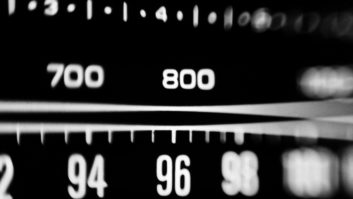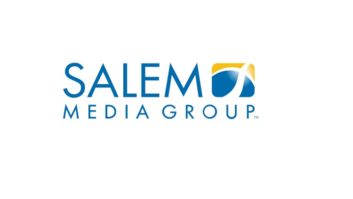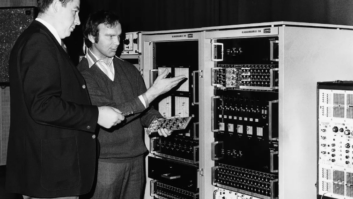The formula for success
Feb 1, 2005 12:00 PM, Chriss Scherer, editor
During the past few weeks IBOC appears to have gained a second wind. The Consumer Electronics Show, held last month in Las Vegas, saw several IBOC announcements that should help propel the efforts for some months to come.
Some of the key items include Neural Audio being recognized for its surround sound compatibility with HD Radio (SRS Labs was recognized a few months ago), Ilab America has joined the effort to create reference receiver designs for manufacturers, and NPR released an inquiry for as many as 50,000 HD Radio receivers with Tomorrow Radio capability. The top item was the agreement of 21 radio owners to commit to adding IBOC to their stations. This move commits another 2,000 radio stations to the existing 500 that have arranged license agreements.

Outside the CES, the NRSC has hinted that it may soon release its recommendation for an IBOC standard. So much activity in such a short time, and the NAB convention is still two months away.
Now that hopes are high and good feelings abound, the real work must begin. This activity on the manufacturing side is great, but there is still the consumer side that needs its injection of hopeful interest.
What will it take to convince listeners to accept IBOC? Ibiquity has said that it is leaving that effort to the receiver manufacturers and broadcasters. There is some logic to that stance, but Ibiquity has too much invested in IBOC to allow it to fall to the fate of others. Even the receiver manufacturers can help inspire consumers, but the real push is up to the stations.
In some ways, this effort to gain consumer interest in terrestrial digital radio hearkens to the early days of radio. When radio broadcasting first began, consumers had to be convinced that the new wireless music boxes had something to offer them. In those days, providing almost any audio entertainment or news was an easy task. Outside of player pianos, record players and music boxes, there were few choices.
In those days, the rules were different. Radio was being pitched as a completely new medium. There were also added incentives for some station owners. Why did Crosley own radio stations? To sell radio receivers.
I’m not suggesting that Clear Channel or Entercom should start manufacturing radios (or should they?), but Kenwood, Pioneer, JVC, Visteon and others can only do so much. Today, the broadcasters must create the need. But how do we do it?
Everyone agrees that content draws listeners. This is one of the reasons cited for the current success of the satellite radio providers, portable media players and Internet radio stations. This is the key that seems to be ignored.
Audio quality is important, but in a minimal way. Does every source on XM, Sirius or an Ipod sound as pristine as the original 24-bit, 96kHz session master? Listeners have shown that they can be rather forgiving on audio quality � especially compared to a golden ear standard. Of course listeners cannot compare the pure linear source to the stream that contains less than five percent of the original data.
Extra data is nice, but that is an added benefit, not the driving force. Broadcasters must focus on the content. The listeners will follow.
FM IBOC has two advantages for unique content: Surround sound and SAC. AM IBOC doesn’t offer the added or enhanced content capability, but there are ways to find that niche.
What else can be done? Stations need to create excitement about IBOC. Add a running line to the station slogan (just be sure to use the adjective �HD Radio� properly): �Now broadcasting with HD Radio technology.� Stations can partner with a local electronics outlet to supply HD Radio receiver systems with installation to contest winners. Use the surround or SAC capability for a concert or other special event. Only a few will hear it at first, but let them feel left out. If the content is attractive, they will want it and support it.
For more about the proper use of the term �HD Radio� see Viewpoint in the May 2004 issue of Radio magazine.
E-mail:[email protected]
Fax: 913-967-1905












